Combining dining with sightseeing, modern yakatabune (literally home-style boat) offer people a unique way to see the sights via a leisurely cruise along the rivers of the city and Tokyo Bay.
The history of yakatabune
Dating back to the Heian Era (794-1185) yakatabune were private boats with a large indoor seating area decorated much like an upper-class home with tatami mats and low tables for dining and entertaining people. Originally leisure craft of the Imperial court, yakatabune owned by the shogun were decorated with an array of lanterns, flags and elaborate pictures of birds and dragons. Entertainment on the boats often included music and poetry reading, and the nobility had the chance to socialize against backdrops of spring cherry blossoms or autumn leaves in a leisurely, but elegant, manner.
During the warring Sengoku Period (1467-1603) yakatabune offered daimyo (samurai lords) respite from battle as a place for traditional songs and poetry. The Edo Period (1603-1868) brought peace to Japan and well-to-do merchants along with feudal lords competed with each other to construct bigger and more elaborately decorated yakatabune. Boats from this era saw yakatabune adorned with silver and gold and finished in lacquer.
Later in the Edo Period, the construction of new yakatabune was halted by the military shogunate, which also placed strict regulations on existing yakatabune, resulting in fewer luxury yakatabune plying the waters around the city. The lavish vessels enjoyed by the wealthy were replaced with simpler boats that were operated by inns and restaurants. These new boats allowed ordinary people the opportunity experience the joy of idly cruising while enjoying a meal.
World War II severely impacted yakatabune, with activities nearly halted during this time. Although the time after the war was an economic boom, yakatabune continued to suffer thanks to heavy construction along the shores of Tokyo Bay and the city’s rivers. The bubble economy of the 80s marked a turnaround for yakatabune, as the rapidly growing economy brought new attention to the idea of the luxury dining cruises. Today’s yakatabune have modernized with the times with air conditioning, heating and, occasionally, karaoke machines.

Where to go
There are several sources on the internet offering general information on yakatabune cruises and many companies today have websites in English giving details on cruise routes, menus, times and pricing. It is a good idea to do some research in advance to try to find an appealing cruise. There is a wide variety of routes among various companies, but many staples of the cruises included the popular Odaiba area and it is common to see many yakatabune leisurely passing under the Rainbow Bridge.

The yakatabune experience
Yakatabune can be chartered with the entire boat being made available for a single group of as few as about a dozen people to larger parties of several dozen guests. Shared cruises allow couples and smaller groups to enjoy a cruise by sharing a boat with several other parties. Typically priced around ¥10,000, the cruises usually last from one and a half to three hours and include food and, almost always, all-you-can-drink. Reservations are an absolute must and during popular times such as during cherry blossom season or on evenings with fireworks, yakatabune are often sold out.
After securing space on a boat, one needs to arrive at the dock on time. Daytime cruises normally set out between 11 in the morning and 3 in the afternoon, while evening cruises typically sail from about 6:30 or 7:00 pm, but some do run later.
Once stepping on to the boat, friendly staff will guide guests inside where they remove their shoes, as the floors are tatami mats, before sitting down.
As the seating is at floor level, diners feel that they can almost reach out and touch the water as the waves gently rock the boats. Being so close to the water gives people a unique perspective to the many sights lining the rivers and Tokyo Bay such as the Rainbow Bridge, Tokyo Skytree and the lights of Odaiba.
Once the boat sets sail, drinks are poured and food service begins. Yakatabune offer course menus of traditional Japanese food, often featuring sushi and sashimi, as well as tempura and other Japanese delicacies. The atmosphere on board tends to be somewhat noisy in a pleasant, jovial way as diners enjoy the food and drink while taking in the stunning scenery.
Evening cruises offer particularly stunning views as the lights from the city, as well as the lanterns on the boats, intermingle. For even better views, day or night, many yakatabune have outdoor observation areas either on the deck or on the roof of the dining area, allowing diners to take in the sights in the afternoon sun or evening air.
Many yakatabune ply the Sumida River, a particularly popular cruising spot that offers a long line of cherry trees along its banks, as well as a front-row seat for the annual Sumida River fireworks.
For a unique way of seeing the city sights while enjoying delicious food and drink with friends, family, coworkers or a significant other, yakatabune offer a trip back in time with a modern twist.
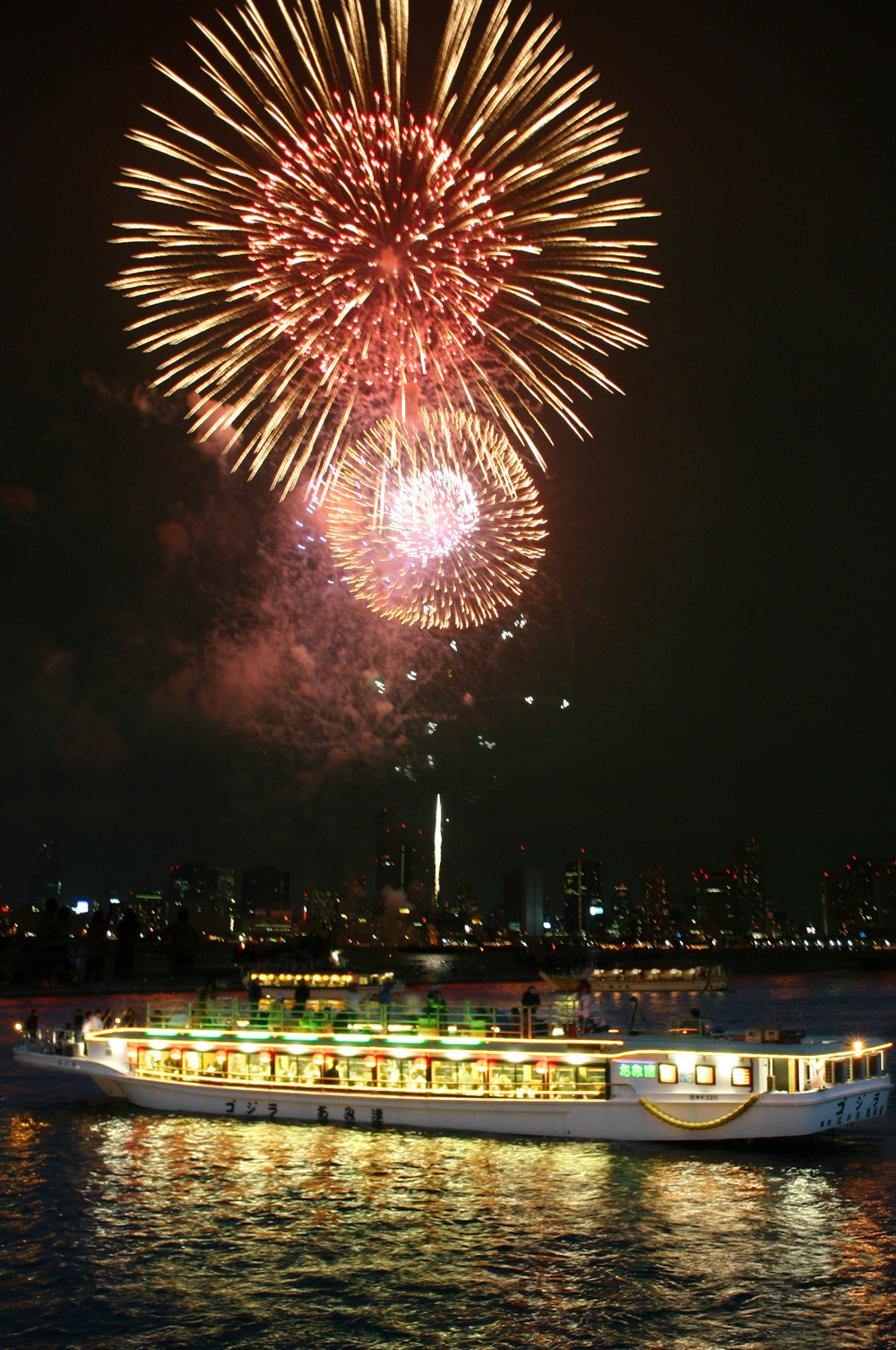
Yakatabune Amitatsu
With a fleet of 8 boats fitted with modern amenities, Yakatabune Amitatsu offers diners cruises with a traditional look and today’s comfort. Their chefs are at the Tsukiji fish market every day to ensure that they have the freshest of fish and ingredients. They are also able to accommodate vegetarian diets. Yakatabune Amitatsu has three courses ranging from the Standard (¥10,800) to the VIP (¥16,200), with each offering a delicious assortment of the highest-quality dishes. 3 minutes from Akasaka station, exit A3, A5 or 5.
1-23 Azumabashi, Sumida-ku, Tokyo
03-3655-2780
http://japanrestaurant.net/

Yakatabune Tsurishin
Offering a unique experience of eating traditional Japanese cuisine and sipping sake, Yakatabune Tsurishin has something for everyone with cruises that feature cherry blossoms in the spring, colorful leaves in autumn and everything in between. Lavishly decorated with bright flags and traditional lanterns, the boat offers a relaxed and comfortable interior where diners can enjoy fresh seafood, crispy tempura and top-quality beef. The Kusaga course (¥10,800 per person) offers 2.5 hours of cruising for 10 to 50 people. 2 minutes from Kuramae station.
1-3-11 Honjo, Sumida-ku, Tokyo
03-3622-3572
http://japanrestaurant.net/
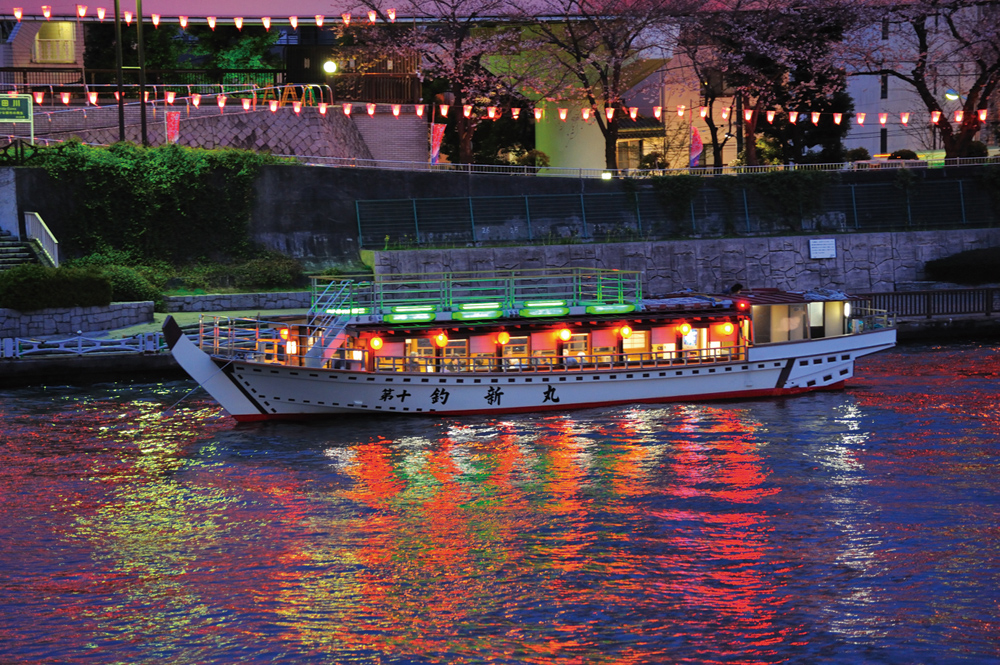
Yakatabune Nakakin
Offering diners an Edo-style dinner cruise, Yakatabune Nakakin is a great way for couples, friends, families or coworkers to take in unique views of the Tokyo cityscape. A 2.5 hour cruise (¥10,500) includes delicious and fresh sashimi, seasonal rice, tasty tempura and other Japanese favorites, as well as all-you-can-drink beer, sake, shochu and more. In addition to a comfortable dining area, guests can take in the sights from an outdoor observation deck. 2 minutes from Kita-Shinagawa station.
1-1-17 Higashi-Shinagawa, Shinagawa-ku, Tokyo
03-3471-4531
http://japanrestaurant.net/

Story by Kirsten M. Snipp
From WINING & DINING in TOKYO #52









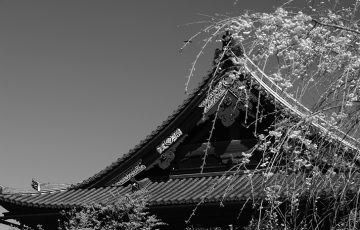
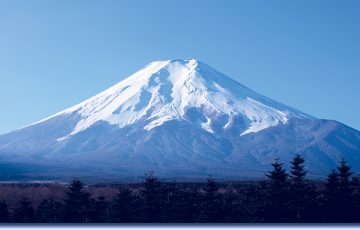

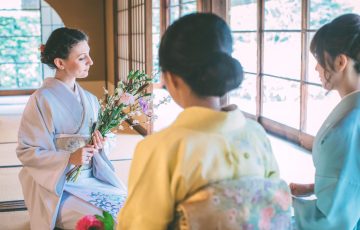


Recent Comments